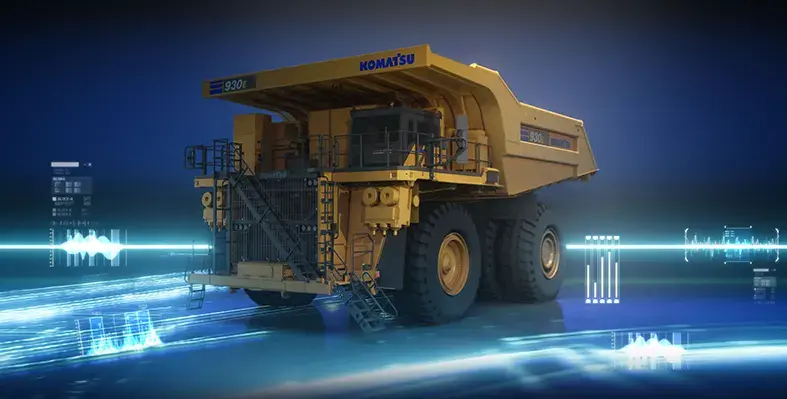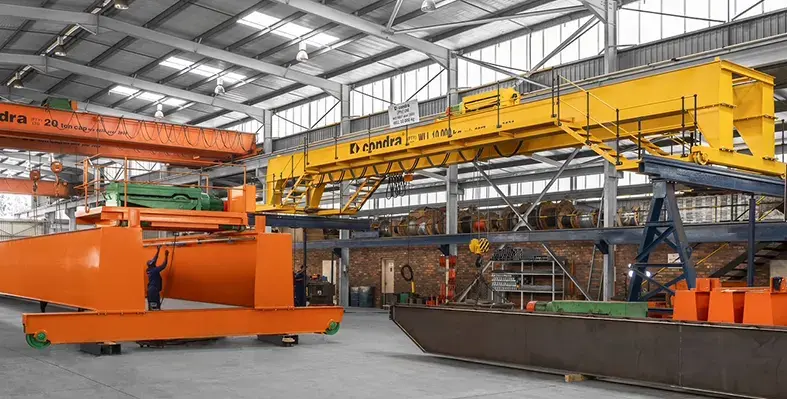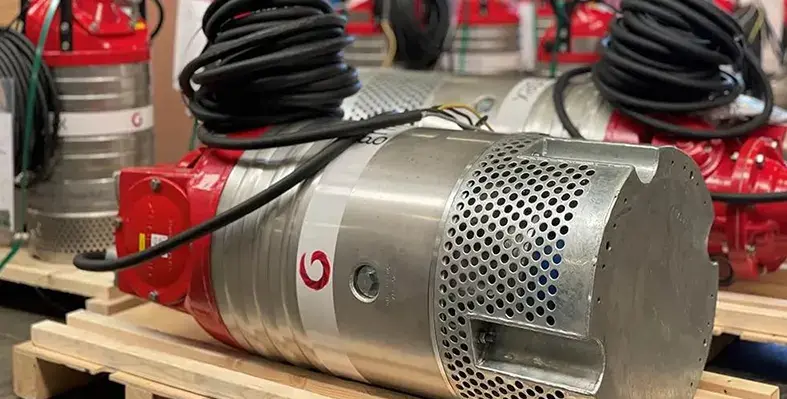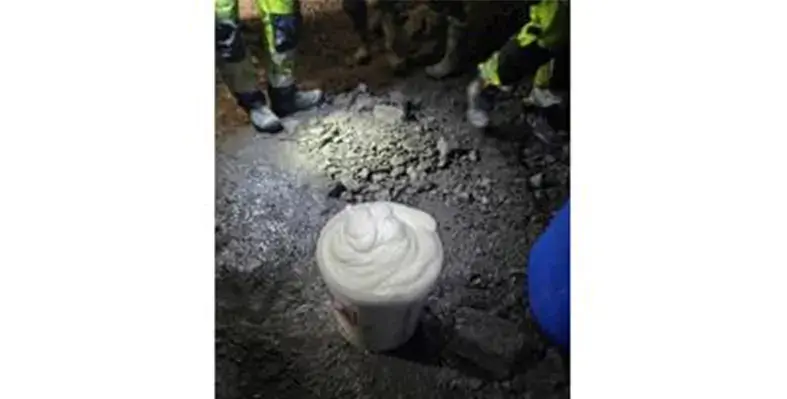
Trafo Power Solutions delivers nine specialised transformers to a mineral sands operation in Mozambique. (Image source: Trafo Power Solution)
Trafo Power Solutions has supplied nine transformers to an electrical contractor for installation at a mineral sands operation in Mozambique
The transformers were designed to manage large non-linear loads generated by the mine’s Variable Speed Drives. Seven of the units are 800 kVA transformers built for skid mounting, allowing easy mobility across the expansive site. The remaining two units, rated at 160 kVA, are pole-mounted. All nine transformers are rated at 22 kV to 415 V, matching the mine’s specific voltage needs.
David Claassen, managing director of Trafo Power Solutions, said this latest order follows an earlier successful supply of four dry-type transformers directly to the same operation. The previous batch included 3150 kVA transformers, also rated at 22 kV to 415 V, installed within IP23 enclosures, and equipped with the necessary control and protection systems for reliable performance in the corrosive mineral sands environment.
“The mineral sands mining environment is particularly harsh, with high humidity and salinity levels that can accelerate corrosion. Our transformers are specifically designed to withstand these conditions, ensuring longevity and reliability in such an aggressive setting,” remarked Claassen.
Claassen added that repeat business was influenced by the mine’s confidence in the performance of the earlier transformers. “When the need arose for additional transformers, the customer specifically requested Trafo Power Solutions, which underscores our commitment to delivering quality solutions that meet the exact needs of mining operations,” he commented.








